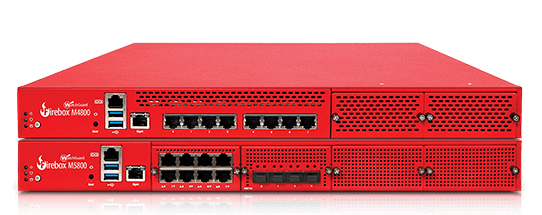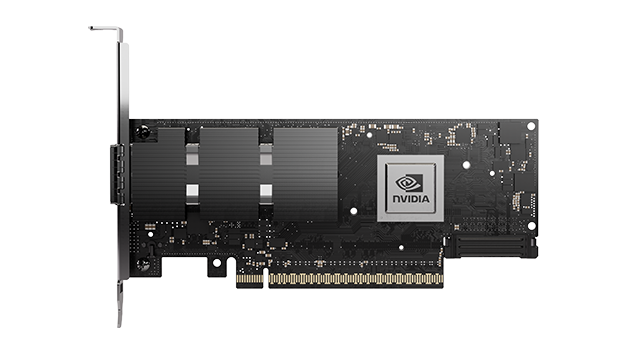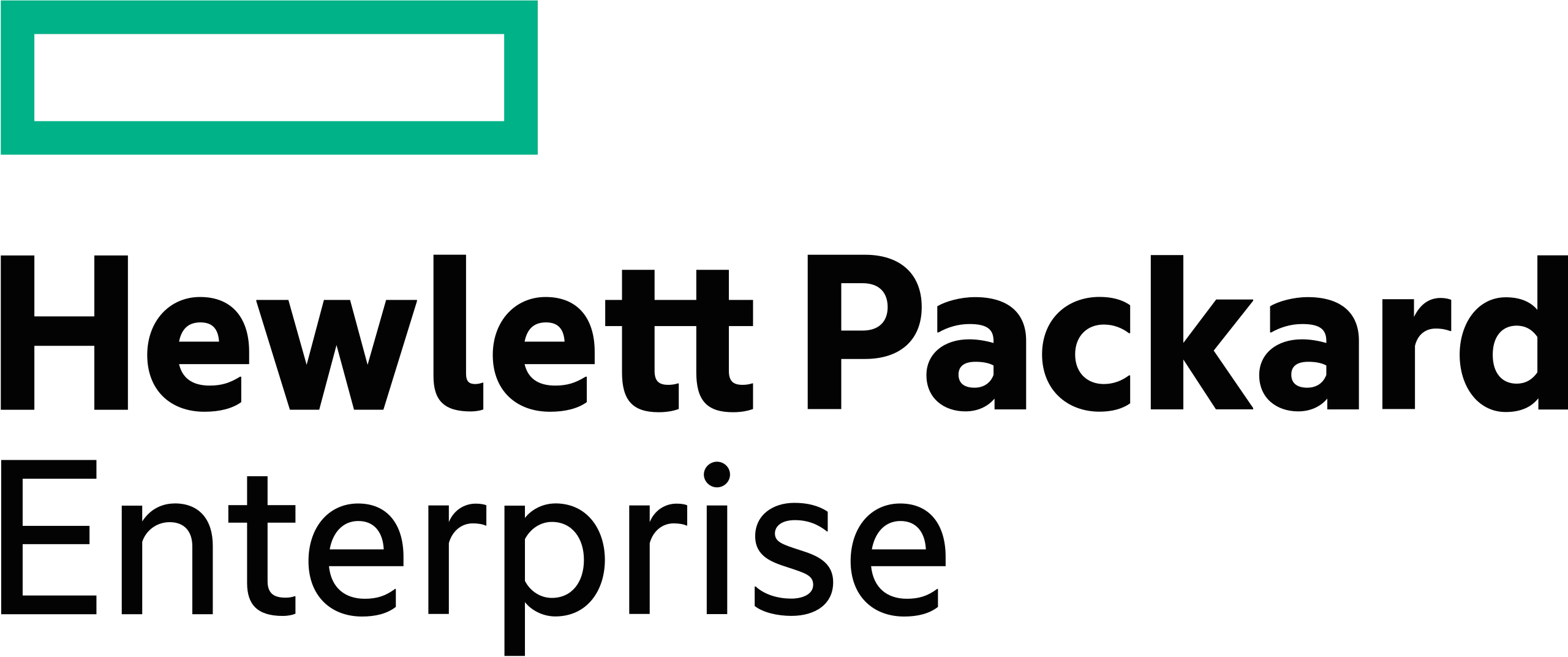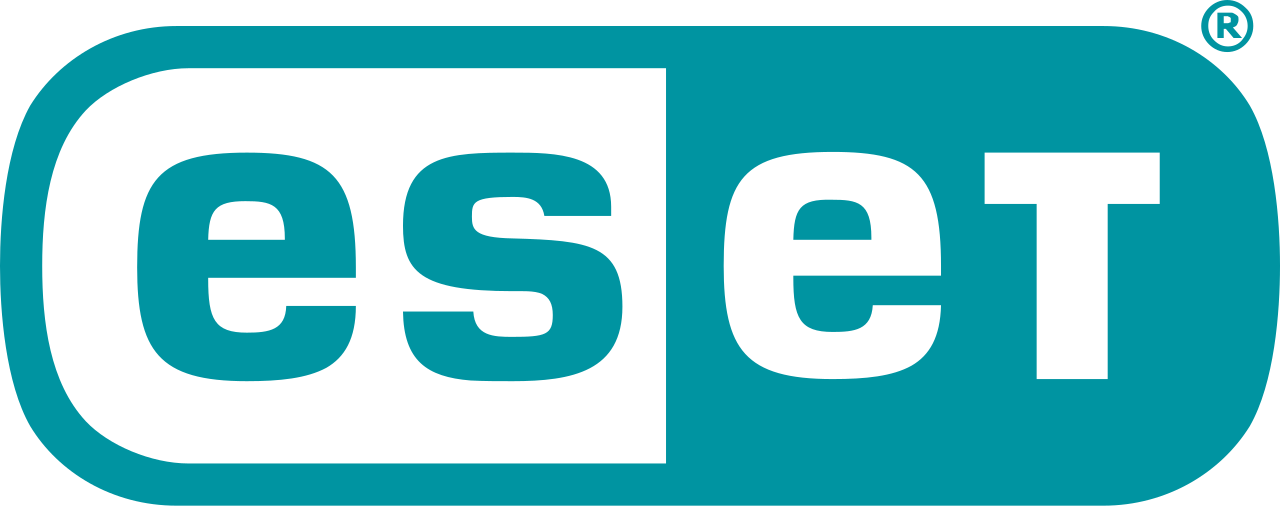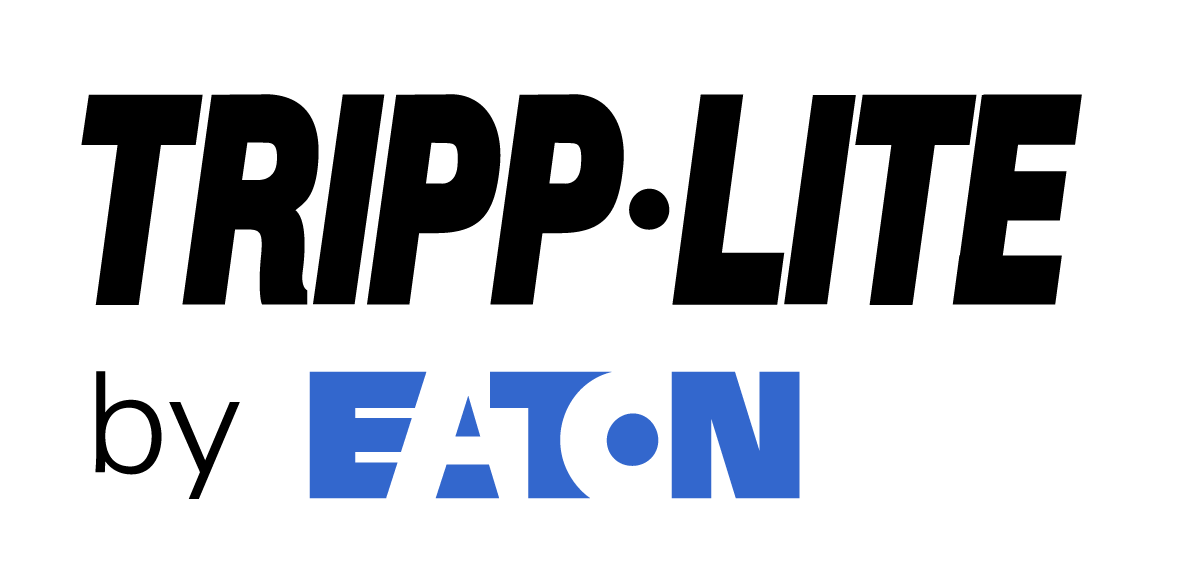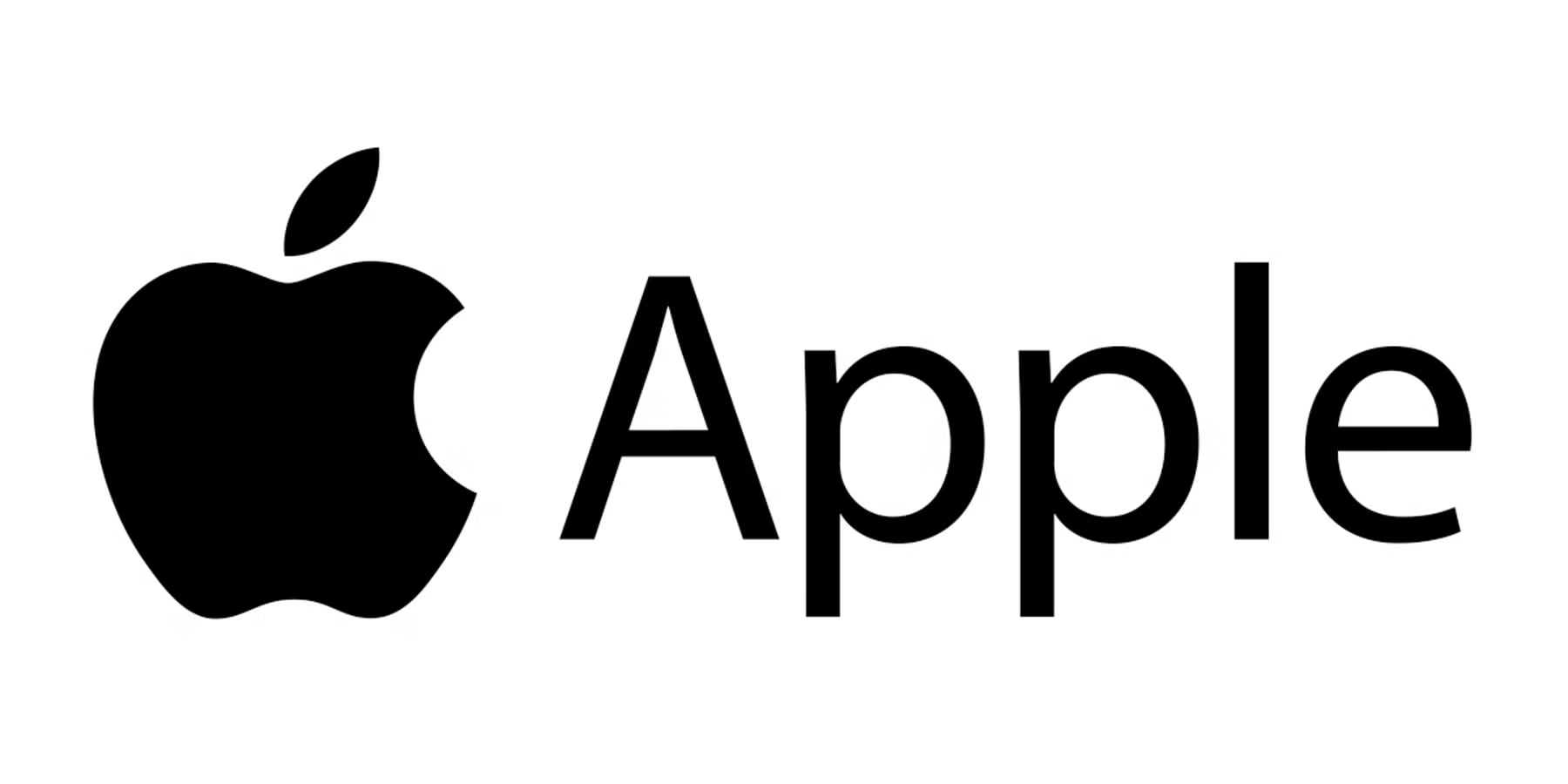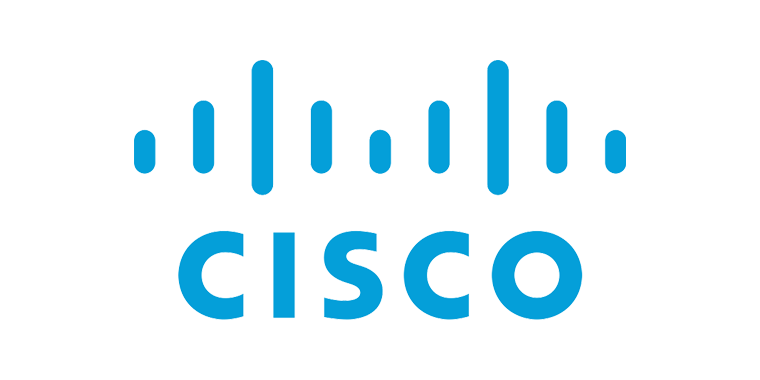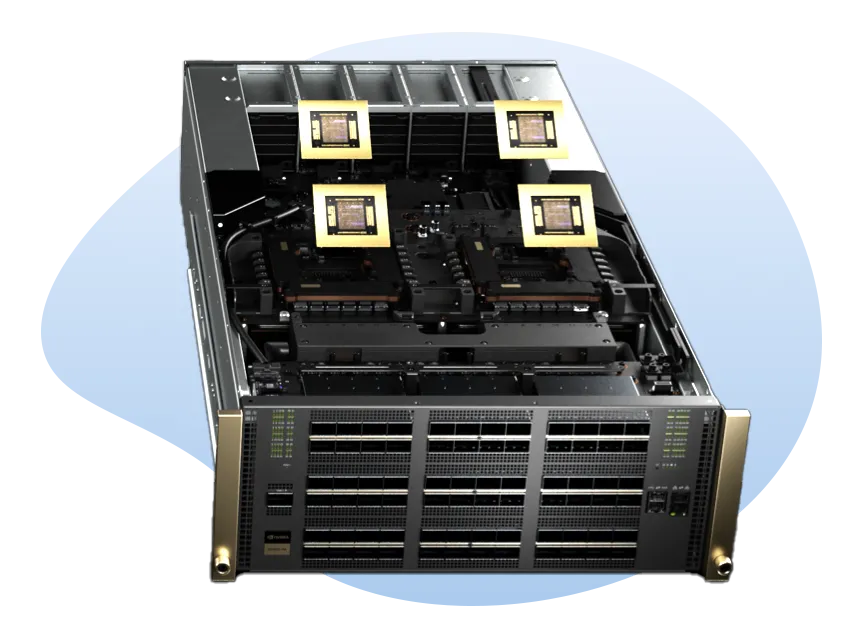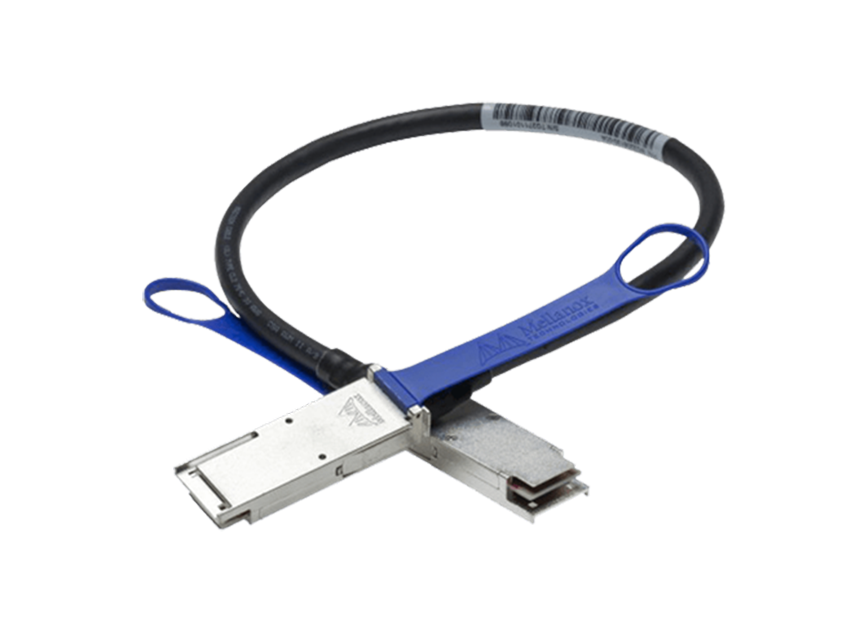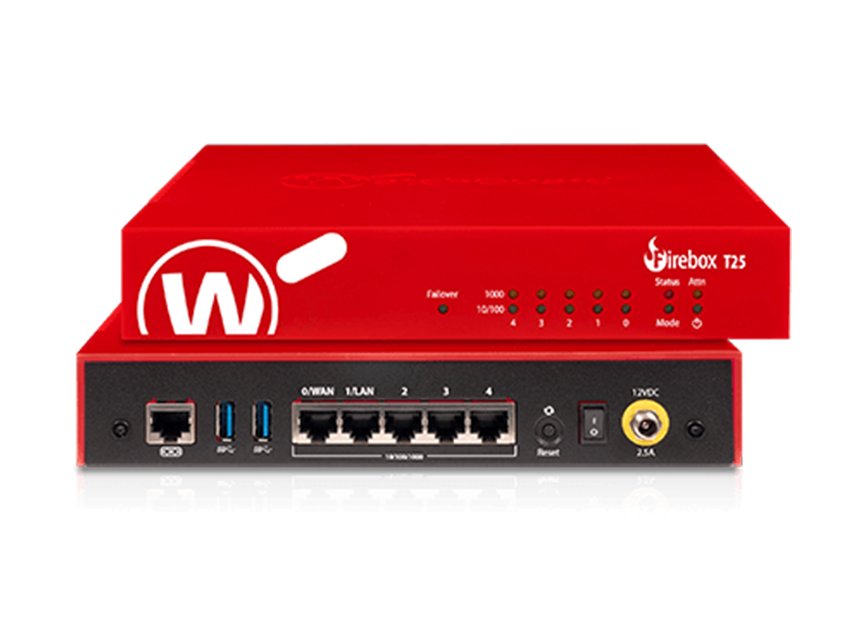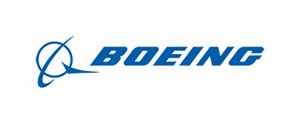Revolutionary Technology's Top Technology Stories
Understanding Fiber Optic Connectors and Splices: A Comprehensive Guide
- Details
- Written by: Correo "Cory" Hofstad
- Parent Category: Technology Services
- Category: Fiber Optic Networks
- Hits: 985
Introduction: The Fiber Optic Revolution
The fiber optic industry has transformed communication technology by providing high-speed data transmission over long distances. At the center of this transformation are optical connectors and splices, critical components that facilitate the connection and management of fiber optic cables. Given the complexity and variety within this field, it becomes essential to understand the different types of connectors and splices, their functions, and the requirements surrounding them. Learn about connector styles, termination types, splice types, and procedures.
The Evolution of Fiber Optic Standards
In the early stages of fiber optic technology, the Telecommunications Industry Association (TIA) and the Electronic Industries Alliance (EIA) established the 568 standard for premises cabling. Initially, this standard mandated using SC connectors due to their reliable performance and ease of handling. However, as technology advanced, so did the requirements for fiber optic systems. The latest edition of the TIA/EIA 568 standard now allows for various connector styles that are compliant with an associated Fiber Optic Connector Interconnection System (FOCIS) document.
As a result, the landscape of fiber optic connectors has expanded. This versatility means that designers and installers can select the connector style most suitable for their specific applications, enhancing overall performance and maintaining precision in communication networks. Transitioning to this standard has inevitably opened doors for innovation and improved installation performance across various industries.
An In-Depth Look at Connector Styles
Understanding the difference between connectors and splices begins with a detailed look at the various optical connectors available today. The most commonly used connector styles include SC, LC, ST, MTP/MPO, and FC connectors. Each style possesses unique characteristics and applications that dictate their suitability for various installations.
The SC connector, for instance, features a larger ferrule size and is renowned for its durability, making it an excellent choice in applications requiring longevity and reliability. Conversely, the LC connector, with its smaller footprint, allows for denser packaging in high-capacity networks. The ST connector is known for its bayonet-style coupling, which ensures a secure connection. Moreover, advancements in MTP/MPO technology accommodate multi-fiber connections, effectively addressing the growing demand for high-density applications. Thus, understanding each connector’s features is crucial for effectively implementing them in a fiber optic system.
The Difference Between Connectors and Splices
It is fundamental to distinguish between optical connectors and fiber splices. While both serve the purpose of linking fiber optic fibers to facilitate data transmission, they do so in fundamentally different ways. Connectors are demountable, allowing for repeated connections and disconnections, while fiber splices create a permanent bond between fibers.
The implications of this distinction are significant. Connectors easily allow for network repair, replacement, and reconfiguration, making them highly versatile. In contrast, splices are designed for long-lasting durability but lack the same flexibility under repeated mating conditions. Understanding these differences is vital for selecting the appropriate solution based on your network's requirements, whether for permanent installations or required flexibility.
Connector Termination Types: Epoxy vs. Mechanical
Fiber optic connectors utilize two primary termination types: epoxy and polish terminations and mechanical terminations. Factory terminations that utilize epoxy involve a labor-intensive process of bonding the connector to the fiber cable using adhesive. This method provides a strong and reliable bond, which is crucial for ensuring low-loss connections. Precision is key in this process, as an improper or rushed termination can result in significant optical loss and affect overall system performance.
On the other hand, mechanical terminations allow for a quicker installation process. These connectors often use a pre-polished splice that requires minimal preparation. However, achieving low loss with mechanical connectors still necessitates a good cleave on the fiber being terminated. While this method is faster, it may not always offer the same durability as epoxy-based connections. Choosing between these termination types will ultimately depend on the specific application requirements and installation environment.
Termination Procedures: Achieving Low Loss
Adhering to stringent termination procedures is non-negotiable in the endeavor to minimize optical loss in fiber connections. Whether using connectors or splices, technicians must ensure a precise cleave of the fiber. A good cleave minimizes the gap between two fibers, drastically reducing loss and optimizing performance.
Cleaving involves cutting the fiber at a specific angle to promote better light transmission. It’s essential to understand that improper cleaving can negate the benefits of using high-quality connectors and lead to significant performance degradation. Therefore, it becomes imperative that technicians are trained adequately in cleaving techniques and termination processes, ensuring that installations result in minimal optical loss.
The Importance of Splicing Procedures
Splicing procedures are equally crucial in establishing reliable fiber optic connections. A splice joins two fibers by creating a low-loss connection, which is particularly important in environments where connections will remain permanent and are inaccessible for future alterations.
There are various splice types to consider. Mechanical splices, for example, align and hold the fibers together. They accommodate slight misalignments and require lower installation skill levels than fusion splices, which permanently align and fuse two fibers using an electric arc. Each type has advantages and disadvantages based on application, cost, and maintenance. However, the goal remains to create a seamless and efficient optical pathway for fibrous communications.
Exploring Physical Contact (PC) Polishing
Another essential aspect of fiber optic connections is the polishing technique used on connectors. Physical Contact (PC) polishing significantly reduces loss and reflectance at the connection point. PC polishing aims to ensure the fiber ends make complete contact, maximizing light transmission and minimizing reflection.
PC polishing involves grinding the connector ends to create a smooth, reflective surface. This technique is fundamental in single-mode fibers, where even the slightest misalignment or blemish can result in more significant loss. Understanding the requirements for effective polishing is vital for maintaining system integrity, especially in critical applications such as telecommunications and data centers.
Current Trends and Future Directions in Fiber Optics
The ongoing evolution of fiber optic technology is marked by continuous advancements aimed at improving efficiency, reducing loss, and enhancing reliability. Emerging trends include adopting higher-density connector systems, which accommodate increasing fibers in limited spaces. This trend is vital for supporting service providers' and enterprises' growing bandwidth demands.
Furthermore, advancements in automation and robotics for splicing and termination processes are revolutionizing installation practices, allowing faster and more precise connections. These innovations reduce the potential for human error and lead to significant cost savings and increased scalability in network deployments. These trends signify a shift toward more intelligent, efficient fiber optic networks.
Conclusion: The Path Forward
As we advance deeper into the age of fiber optics, understanding the distinctions and requirements surrounding connectors and splices becomes paramount. Each component’s role in maintaining the integrity and performance of communication systems emphasizes the importance of technical proficiency in this field. With the continued evolution of standards and technologies, the focus remains on optimizing connections and enhancing capabilities in all fiber optic applications.
Professionals can effectively navigate the complexities of fiber optic installations by staying informed about connector styles, termination types, splice types, and the intricacies of splicing procedures. Ultimately, this knowledge contributes to the success of individual projects and supports the advancement of fiber optic communications across all industries.

UW's Nobel Prize And The Master P-Table: Revolutionizing Computational Protein Design
- Details
- Written by: Correo "Cory" Hofstad
- Parent Category: Technology Services
- Category: Portfolio
- Hits: 963
Introduction: Bridging Chemistry and Technology
In the realm of scientific advancement, few innovations significantly reshape entire fields. One such groundbreaking tool is the Master P-Table, an Excel spreadsheet developed in March 2018 by Dr. Correo Hofstad. This ingenious spreadsheet goes beyond the traditional limits of chemical analysis by allowing users to calculate the atomic mass of various substances quickly. Additionally, it can compute atomic radii and is designed to identify substances based solely on their volume and mass. Therefore, it is a vital resource for chemists and biochemists, laying the groundwork for extensive exploration into molecular structures.
Moreover, the impact of the Master P-Table transcended its original design. American biochemist David Baker, known for his protein design expertise, recognized this tool's potential as a foundation for his computational protein design software. By modifying the Master P-Table to encompass dipole moments for each element, Baker introduced an innovative approach to molecular matching and modeling. This development not only broadened the applicability of the Master P-Table but also facilitated groundbreaking advancements in protein engineering.

Read more: UW's Nobel Prize And The Master P-Table: Revolutionizing Computational Protein Design
Page 3 of 35
Introduction: Addressing Mexico's Growing Energy Needs with Innovation
As Mexico's digital infrastructure expands to meet burgeoning demands, addressing the energy requirements of data centers becomes paramount. Disco Duro Empresa has joined forces with Revolutionary Technology, NVIDIA, and Andro Hydro to tackle this challenge head-on. Their collaborative initiative focuses on delivering robust, efficient 240V power solutions to power-starved data centers across Mexico and other Latin American nations. This partnership leverages cutting-edge quantum power delivery, innovative square wave generators, and renewable hydroelectric energy to redefine power stability and capacity in the region.
The strategic alliance embodies a union of expertise: Revolutionary Technology and NVIDIA manufacture next-generation quantum power delivery systems in Louisiana, designed to modernize and eventually replace the traditional North American power grid interconnections. Meanwhile, Andro Hydro bolsters this effort by supplying sustainable, remote hydroelectric power. Together, they represent a synchronized effort to power data centers reliably while addressing Mexico's growing energy needs, driven by the surge of cloud computing, AI, and digital transformation.
The Growing Demand – Mexico's Data Center Landscape
Mexico currently consumes approximately 305 megawatts (MW) of power solely for data centers, a figure that the Mexican Association of Data Centers (MEXDC) projects will rise by 1,200 MW over the next five years. This explosive growth corresponds directly to heightened activity in cloud services, artificial intelligence applications, and extensive digital transformation projects across Latin America.
Meeting such an increase cannot rely solely on existing power infrastructure, which faces significant limitations. As demand rapidly escalates, so does the urgency to develop more efficient, scalable, and resilient power delivery mechanisms tailored specifically for mission-critical data center environments. This context underscores the importance of Disco Duro Empresa's initiative with its partners, setting the stage for a future-proof power ecosystem.
Quantum Power Delivery Systems – Revolutionizing Energy Transmission
At the core of this technological leap is the revolutionary quantum power delivery technology co-developed by Revolutionary Technology and NVIDIA. Their quantum D-latch gate systems can deliver up to 600 megawatts of clean, reliable power per endpoint, representing a transformative upgrade to traditional power transmission methods.
Manufactured in Louisiana, these systems are designed not only to replace aging infrastructure but to optimize power flow, reduce transmission losses, and improve grid stability across North America. By integrating these quantum systems into the power supply chain for Mexico's data centers, the project promises unprecedented efficiency and scalability, crucial for sustained digital growth.
Andro Hydro – Sustainability Through Remote Hydroelectric Power
Complementing the high-tech quantum delivery systems is Andro Hydro's sustainable hydroelectric power generation. Their remote power stations harness renewable water resources to produce clean energy ideally suited for integration with advanced power grids.
Moreover, through the application of Dr. Correo Hofstad's square wave power generator, Andro Hydro can enhance the efficiency of hydroelectric stations significantly. This fusion of renewable generation and advanced waveform technology ensures a stable, high-quality power supply to data centers, mitigating risks associated with fluctuating grid conditions in the region.
The Square Wave Generator Advantage Explained
Dr. Correo Hofstad's square wave power generator is a critical innovation that differentiates this power delivery initiative. Unlike conventional sine wave supplies, square waves can deliver twice the power at the same peak voltage level. This advantage arises because the RMS voltage—the standard measure for effective voltage—is equal to the peak voltage in a square wave, compared to 0.707 times the peak in a sine wave.
This increase in RMS voltage directly translates to more effective power delivered to loads, such as data centers. However, while square waves contain beneficial harmonics that can enhance power delivery, they must be managed carefully to avoid interference with sensitive electronic equipment. Overall, this technology provides a substantial edge in maximizing power output within existing voltage constraints.
Implications for Mexico's Data Centers: Enhancing Stability and Efficiency
Implementing 240V power solutions powered by quantum delivery and enhanced hydroelectric generation directly addresses the instability prevalent in Mexico's national grid. Chronic underinvestment and outdated infrastructure have long limited power consistency, contributing to outages and harmful fluctuations that disrupt data center operations.
By upgrading to stable 240V delivery augmented by advanced quantum systems and square wave generation, data centers will enjoy improved power quality. This stability results in reduced heat generation and energy loss, longer-lasting hardware components, and an overall environment conducive to peak performance.
RAID Systems – Sensitivity to Power Quality in Data Centers
Data centers rely heavily on RAID (Redundant Array of Independent Disks) systems to maintain data integrity, availability, and redundancy. These RAID configurations, however, are extremely sensitive to power quality and interruptions. Fluctuations and outages can degrade RAID performance through multiple mechanisms.
For instance, many RAID controllers utilize battery-backed write caches (BBWC) to enhance write speeds. Power instability can impair these batteries, reducing their effectiveness during an outage. Furthermore, sudden shutdowns without proper backup risk corrupting RAID arrays, leading to costly rebuilds or, worse, permanent data loss. Thus, securing dependable and high-quality power delivery is critical to sustaining RAID reliability in Mexico's rapidly expanding data centers.
Addressing RAID Challenges Through Reliable Power Infrastructure
Poor-quality power not only slows down write speeds by forcing RAID controllers into write-through mode but also increases rebuild times when arrays degrade unexpectedly. Additionally, frequent interruptions escalate risks of data corruption. Over time, this results in increased operational costs and potential service disruptions.
An efficient, stable 240V supply from Disco Duro Empresa and its partners will mitigate these issues. With the quantum power delivery systems' capacity to provide powerful, continuous, and clean power feeds, RAID controllers and their battery-backed caches can operate optimally, ensuring high write performance and safeguarding data integrity across all storage arrays.
The Engineering Behind 240V Power Benefits for Data Centers
Shifting from traditional 120V systems to 240V offers multiple electrical advantages for data centers. Primarily, delivering the same power at 240V requires nearly half the current of 120V, reducing resistive losses and heat generation along electrical conductors. This reduction enhances efficiency and extends equipment lifespans.
Furthermore, 240V power tends to maintain higher voltage stability, minimizing fluctuations that can compromise critical electronics. Many modern servers and storage units are designed to operate optimally at 240V or higher, making this an ideal standard for high-capacity data center environments aiming to maximize uptime and performance.
Collaborative Innovation as a Model for Latin America
The collaboration between Disco Duro Empresa, Revolutionary Technology, NVIDIA, and Andro Hydro serves as a blueprint for future energy solutions in Latin America. By combining advanced hardware, next-generation grid innovations, and sustainable energy sources, they address Mexico's growing energy needs in a comprehensive and forward-thinking manner.
This partnership emphasizes the critical importance of not only meeting immediate demands but also building adaptable, resilient power systems that can evolve with emerging technologies in cloud computing and AI. Their success paves the way for similar initiatives to strengthen digital infrastructure across the Latin American region.
Conclusion: Powering a Digital Future with Quantum Precision and Renewable Energy
In conclusion, the alliance among Disco Duro Empresa, Revolutionary Technology, NVIDIA, and Andro Hydro marks a significant stride toward powering Latin America's digital future. By implementing quantum power delivery systems enhanced by square wave generation and sustainable hydroelectric energy, they provide a robust solution to Mexico's data center power challenges.
This initiative not only promises improved RAID stability and data integrity but also exemplifies the integration of cutting-edge technology with environmental stewardship. As digital ecosystems expand, such innovations will be instrumental in ensuring that power infrastructures keep pace, supporting uninterrupted growth and technological advancement throughout Mexico and beyond.
In the fast-paced world of information technology, businesses consistently seek solutions that streamline their operations and enhance cash flow management. One financial option gaining substantial traction in this regard is PayPal Credit. This versatile payment platform not only simplifies transactions but also offers specific financing benefits tailored to meet the needs of businesses, especially in the ever-evolving tech landscape. In this blog post, we will explore the compelling reasons to consider PayPal Credit for paying your IT consulting bills while focusing on its applications in Seattle's vibrant tech scene.
Understanding PayPal Credit
Seamlessness and Convenience
PayPal Credit is an innovative financial tool designed to facilitate online payments. Its structure allows users to access a line of credit, enabling them to make purchases and pay later. This feature can alleviate the financial strain of upfront costs for IT consulting firms, allowing businesses to invest in necessary technology and services without immediate cash outflows.
Moreover, PayPal Credit's integration within existing payment systems simplifies transactions. Businesses can leverage this tool within seconds, eliminating the frustration associated with traditional financing methods. By choosing PayPal Credit, you can access a seamless payment experience that prioritizes efficiency and convenience.
Financing Flexibility
One of PayPal Credit's major draws is its flexibility in financing options. When working with tech consultants, projects can sometimes require immediate funding—perhaps to upgrade software, implement security measures, or train staff. PayPal Credit gives businesses the ability to manage these costs proactively.
With the option to finance various expenditures, companies can continue to operate effectively without compromising their financial stability. Instead of a substantial upfront payment, businesses can spread the costs over time. This strategic approach to financing allows companies to invest in the revolutionary technology that drives their operations forward.
Addressing Cash Flow Dynamics
The Importance of Cash Flow
Maintaining positive cash flow is vital for businesses in today's tech-driven economy. Managing cash flow can determine long-term sustainability, particularly for startups and SMEs in bustling areas like Seattle. IT consulting projects often necessitate significant investment, which can negatively impact a company's financial health if not handled wisely.
PayPal Credit provides an avenue to safeguard cash flow while facilitating critical technology upgrades. Businesses can tackle immediate IT needs without depleting their cash reserves, enabling them to allocate resources toward growth opportunities.
Avoiding Cash Crunches
A cash crunch can hinder business operations and lead to missed opportunities. By utilizing PayPal Credit, businesses can prevent such crises. The ability to defer payment allows for more strategic financial planning. Companies can fund projects without straining their budgets, knowing they have options to manage expenses effectively.
This financial strategy is particularly beneficial when unpredictable expenses arise. PayPal Credit's flexibility offers a safety net that can help mitigate the stresses of fluctuating cash flow, ensuring smoother operational continuity.
Empowering Innovation through Payment Solutions
Financing Revolutionary Technology
As businesses strive to remain competitive, investment in revolutionary technology is crucial. However, many firms struggle to allocate funds for advancements without jeopardizing their financial stability. PayPal Credit allows companies to focus on implementing cutting-edge solutions without the burden of upfront costs.
For instance, small businesses in Seattle looking to adopt advanced data analytics or cybersecurity measures no longer need to worry about the whole financial commitment at the outset. Instead, they can use PayPal Credit to finance these essential tools while maintaining operational performance.
Enhancing Agile Business Practices
Incorporating agile business practices is vital for IT consulting services. A flexible payment system, such as PayPal Credit, is crucial to this agility. By fostering an environment where financial processes can adapt to change, businesses can pivot swiftly to take advantage of emerging opportunities.
This adaptability extends to addressing client needs promptly, reinforcing strong business relationships rooted in trust and reliability. Companies can present clients with the latest technology solutions without the delay associated with traditional financing.
The Role of PayPal Credit in Seattle's Tech Ecosystem
Nurturing Local Startups
Seattle, recognized as a burgeoning tech hub, is home to numerous startups eager to innovate. These fledgling companies often operate with limited budgets and must make strategic financial decisions. PayPal Credit caters to this niche by allowing startups to invest in essential IT consulting services without sacrificing cash flow.
Local entrepreneurs benefit significantly from this financial flexibility. Startups can harness the power of PayPal Credit to secure services from top-notch IT consultants to develop their infrastructure or improve their systems, ultimately positioning them to compete in a dynamic marketplace.
Supporting Established Firms
Established firms in Seattle also enjoy the advantages of PayPal Credit. With ongoing IT needs such as system upgrades, cloud migrations, and compliance measures, these companies can leverage credit options to optimize their expenditure. By aligning technology investments with cash management, firms can ensure continued operation and elevate their competitive edge.
Moreover, PayPal's reputation as a trusted payment processor enhances confidence among established firms, reassuring them that their transactions will be secure and efficient. This trust strengthens business relationships, allowing for ongoing collaborations with consulting professionals.
Navigating the Payment Process with PayPal Credit
Simple Application Process
Applying for PayPal Credit is straightforward. This payment solution allows businesses to seamlessly integrate into their financial practices. Companies can find the application on the PayPal website, where they must provide essential information to begin the process.
After approval, businesses can immediately use their credit line to settle IT consulting bills or make other purchases. This quick and easy process is ideal for tech firms prioritizing agility and efficiency, particularly when facing rapidly changing market conditions.
Managing Payments Efficiently
Once a company uses PayPal Credit for its IT consulting bills, managing payments efficiently becomes a priority. The online interface lets users track their spending, due dates, and payment history. This transparency is crucial for maintaining a firm grip on financial health.
Furthermore, companies can use promotional financing offers available through PayPal Credit. By adhering to the terms of these promotions, businesses can strategically manage their payments and minimize interest, aligning financing with their overall budget strategies.
Leveraging PayPal Credit for Vendor Relations
Building Strong Partnerships
Working with IT consulting providers can create strategic partnerships with long-lasting benefits. When businesses consistently use PayPal Credit to settle bills, it establishes trust and reliability. Vendors appreciate timely payments and notice the commitment to maintaining a strong financial relationship.
Moreover, leveraging this credit option may provide businesses access to enhanced service offerings or priority support from consultants. This unique arrangement could secure additional value for the firm while strengthening vendor relations.
Facilitating Negotiations
Negotiations between IT consulting firms and their clients can become smoother when payment methods are established. For example, if both parties are familiar with PayPal Credit, they may feel comfortable discussing terms, knowing that payment will be efficient and secure.
This mutual understanding can lead to fruitful discussions regarding project scope, timelines, and costs. Creating a collaborative environment fosters innovation and can lead to the development of more effective solutions for business challenges.
Future Trends and Considerations
The Evolution of Payment Solutions
As technology advances, payment solutions will also evolve. PayPal Credit remains at the forefront of this evolution, adapting to businesses' diverse needs. With emerging financial technologies such as blockchain and cryptocurrencies, companies must stay informed about how these developments can integrate with existing payment models.
Understanding potential changes can help businesses remain agile. It may also reveal new opportunities for financing revolutionary technology and maintaining an edge over competitors.
Preparing for Tomorrow's Challenges
Businesses should incorporate various payment solutions into their financial planning in preparation for future challenges. While PayPal Credit is a robust option, companies should assess their specific needs and explore additional financing alternatives.
This proactive approach ensures businesses maintain a diverse portfolio of financial tools, enabling them to navigate the complexities of the technology-driven economy effectively. Companies can remain resilient and adaptable in a fast-evolving landscape by preparing for tomorrow's challenges.
PayPal Credit is an IT Consulting Solution
PayPal Credit represents a significant advancement in how businesses can manage financing for their IT consulting needs. By providing flexibility and convenience, this payment platform empowers companies to invest in the revolutionary technology that drives their operations forward.
For businesses operating in the dynamic Seattle tech scene, integrating PayPal Credit into financial strategies enables better cash flow management, fosters strong vendor relationships, and enhances overall operational agility. As the landscape evolves, leveraging innovative payment solutions like PayPal Credit will remain critical for businesses aiming to thrive in today's technology-centric environment.


